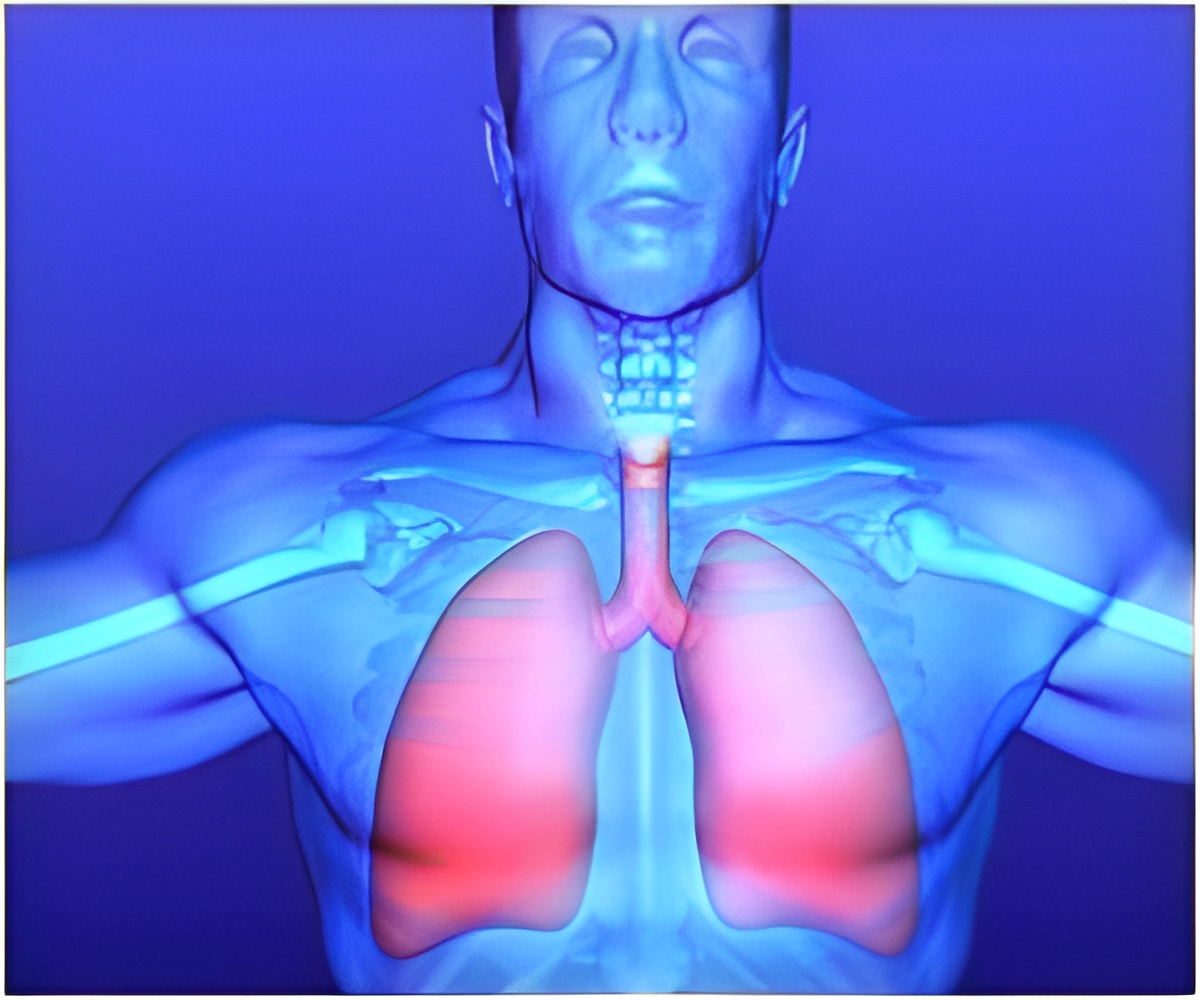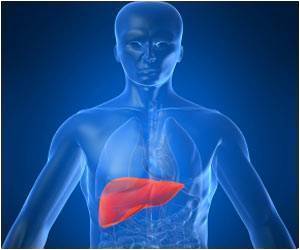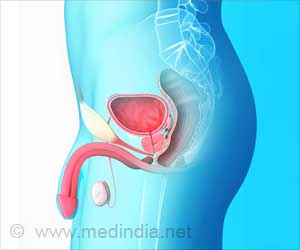
In the study, researchers from Japan's National Cancer Center Hospital East and Keio University found that the prognosis for lung cancer patients with SqCC tumors surrounded by "fibrous stroma" was significantly worse than for patients whose SqCC cells were surrounded by "thin stroma."
Of the 220 patients whose tissue specimens were reviewed, 85 had fibrous stroma -- that is, stroma wider than some cancer nests and intermingled with plump fibroblast and/or collagen fibers -- and 135 had thin stroma, narrower than the cancer nest and composed of thin collagen-fiber lamellae or infiltrative lymphocytes. All had undergone a complete resection for a solitary lesion and were diagnosed as having a pathologic stage I disease. Patients who had received preoperative chemotherapyor preoperative thoracic radiation were excluded.
The 5-year recurrence-free survival rate was 70% for patients with thin stroma and 50% for patients with fibrous stroma. The 5-year overall survival rate was 72.3% for thin stroma cases and 55.5% for those with fibrous stroma.
SqCC tumors surrounded by fibrous stroma showed reduced expression of E-cadherin and increased expression of laminin-5y2 and matrix metalloproteinase-7 (MMP7), proteins that have been found to increase cell motility and invasiveness.
"Elucidating whether the peritumoral stroma of lung SqCC contributes to cancer progression would be meaningful for the development of treatment targeting the tumor microenvironment and tailored to the histological subtype," researchers wrote.
Advertisement











